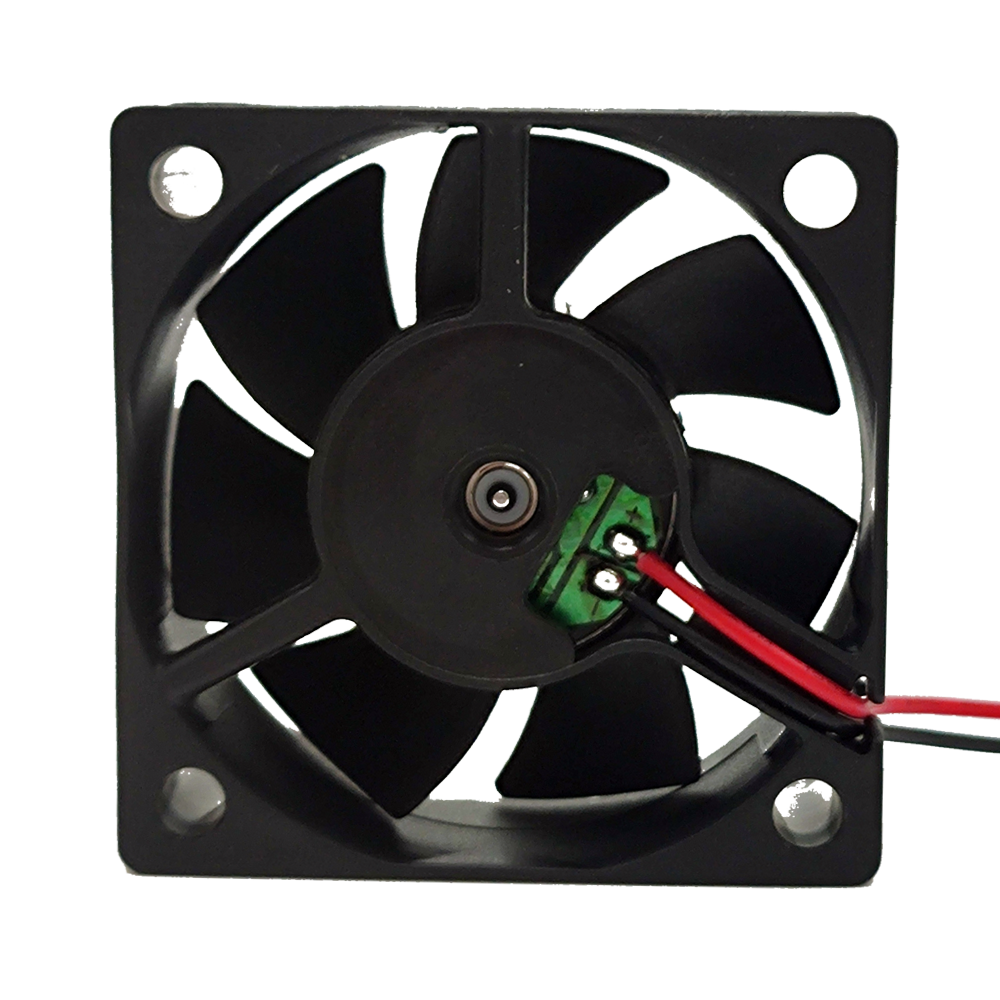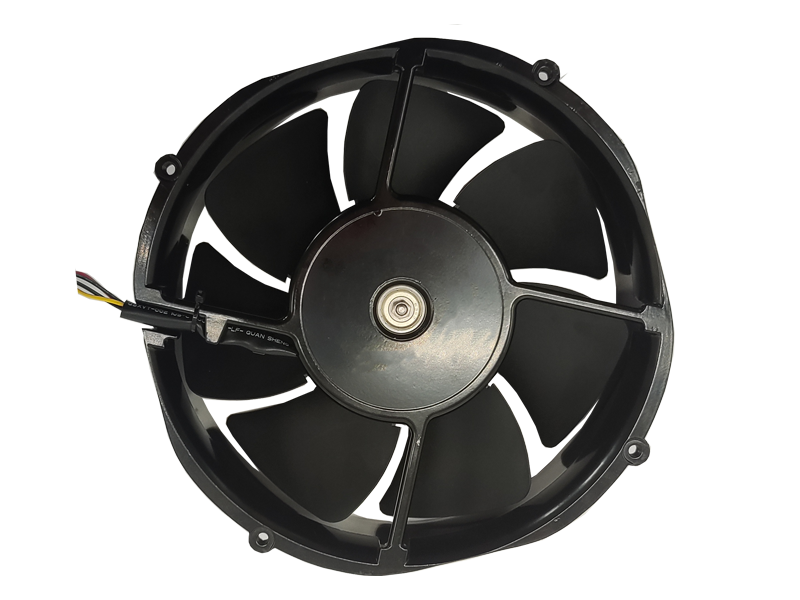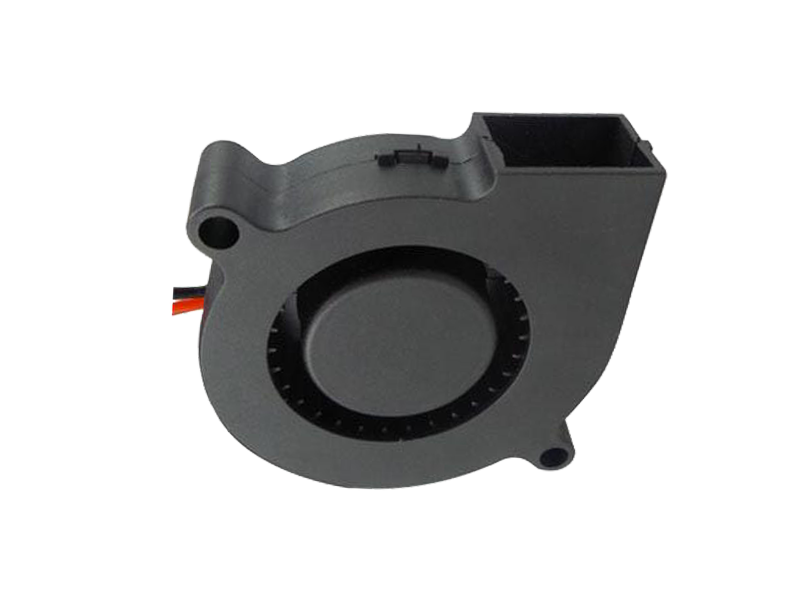Introduction
Global decarbonization efforts have transformed industrial ventilation from a necessary expense to a strategic sustainability asset. This article examines how manufacturers are reengineering fans to align with circular economy principles, renewable energy integration, and carbon-neutral manufacturing targets.
I. Energy Efficiency Innovations
EC Motor Technology: Electronically Commutated (EC) motors achieve 90% efficiency vs. 70% for traditional AC models.
Variable Frequency Drives (VFD): Adjust RPM dynamically, cutting energy use by 30-50% in partial-load scenarios.
Regenerative Braking: Captures kinetic energy during shutdowns, feeding 15-20% back to the grid.
A Swedish steel plant reduced annual CO2 emissions by 1,200 tons by retrofitting fans with EC motors and VFD controls.
II. Circular Economy Integration
Closed-Loop Recycling: 98% of fan components reclaimed through manufacturer take-back programs.
Bio-Based Composites: Flax fiber-reinforced plastics reduce petroleum dependence in non-critical structures.
Lease-to-Own Models: Customers pay per operational hour, incentivizing manufacturers to build longevity.
An Italian textile manufacturer participating in a circular economy pilot cut raw material costs by 28% while maintaining performance standards.
III. Renewable Energy Synergies
Solar-Direct Drive: DC motors powered by onsite photovoltaic arrays eliminate grid dependency.
Waste Heat Recovery: Thermoelectric generators convert exhaust air heat to power control systems.
Wind-Solar Hybrid: Small-scale turbines supplement grid power in remote mining operations.
A Chilean copper mine achieved 82% renewable energy utilization by integrating solar-powered ventilation with battery storage systems.

IV. Lifecycle Carbon Accounting
Leading manufacturers now provide:
Embodied Carbon Reports: Quantifying emissions from raw material extraction to end-of-life.
Digital Passports: Blockchain-tracked sustainability metrics for every component.
EPD Certifications: Environmental Product Declarations aligned with ISO 14025 standards.
Purchasing decisions at a UK water treatment facility shifted 40% toward vendors providing full lifecycle carbon data.
Conclusion
Sustainable industrial fan design demands a holistic approach encompassing energy efficiency, material circularity, and renewable integration. Early adopters are not only complying with regulatory pressures but also gaining competitive advantages through reduced operational costs and enhanced ESG reporting. The future will see fans acting as active participants in smart grid stabilization and carbon credit generation.
Recommended Products

The main purpose:Car charging station

The main purpose:Car charging station

The main purpose:Electronic refrigerators, water dispensers, direct drinking machines, inverter power supplies
Address:No. 4137, Longgang Avenue (Henggang Section), Henggang Community, Henggang Street, Longgang District, Shenzhen
hotline:13530005572(Chen)15112579390(Li)


Welcome all friends to come for consultation and negotiation.
Copyright 2024 @ Shenzhen Youneng Xinyuan Electronics Co., Ltd.,(industrial fans,industrial blowers,axial fans,cooling fans manufacturer,centrifugal fans,ac cooling fans,dc cooling fans)